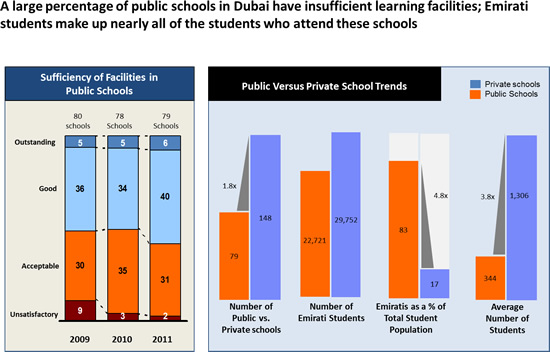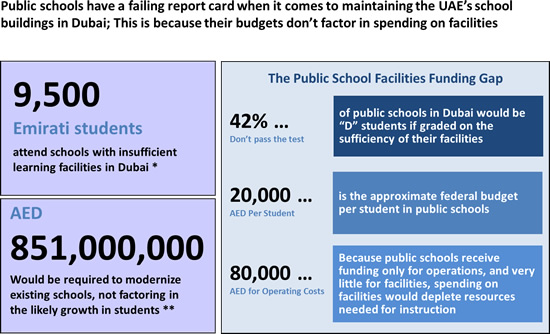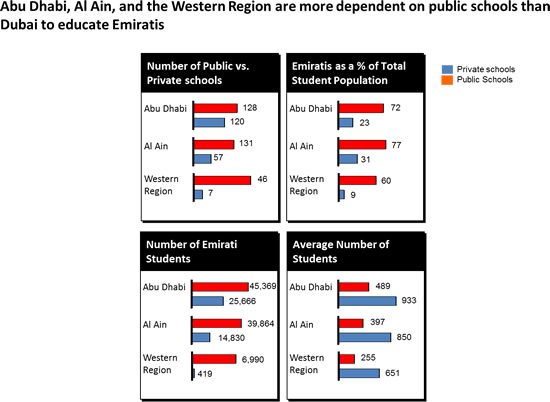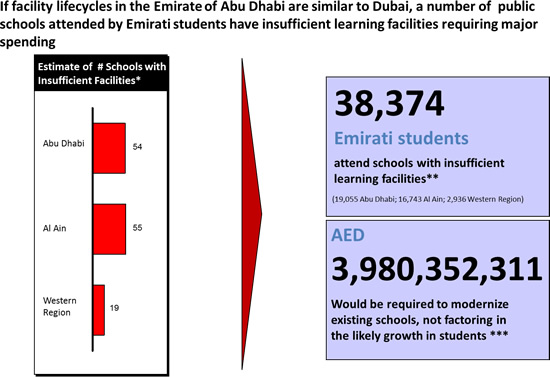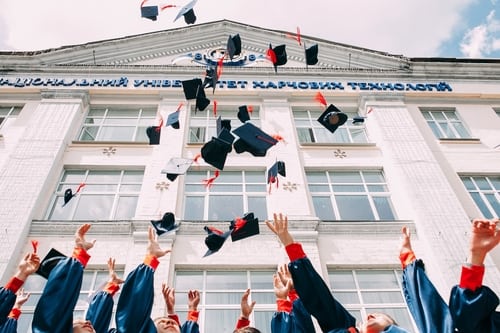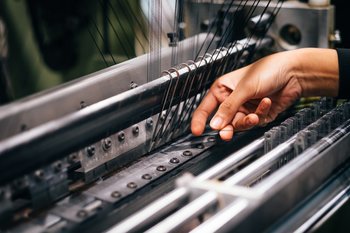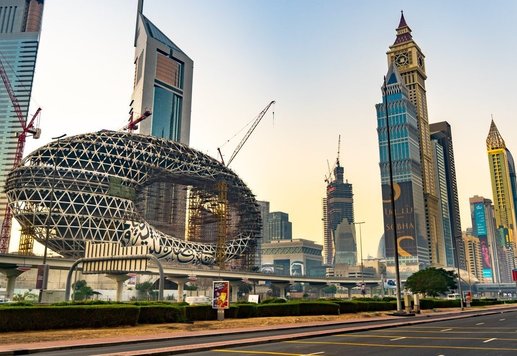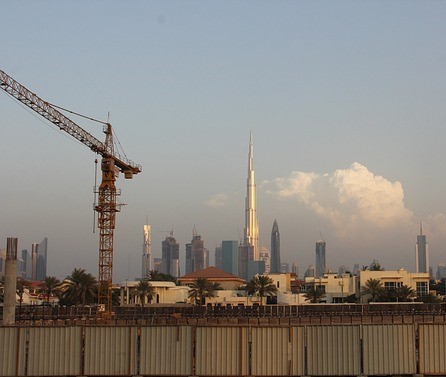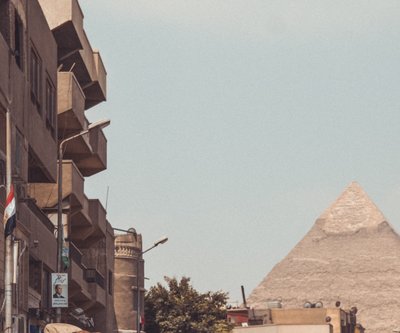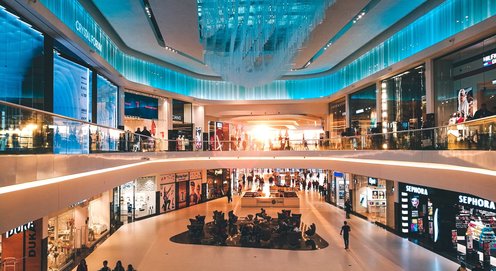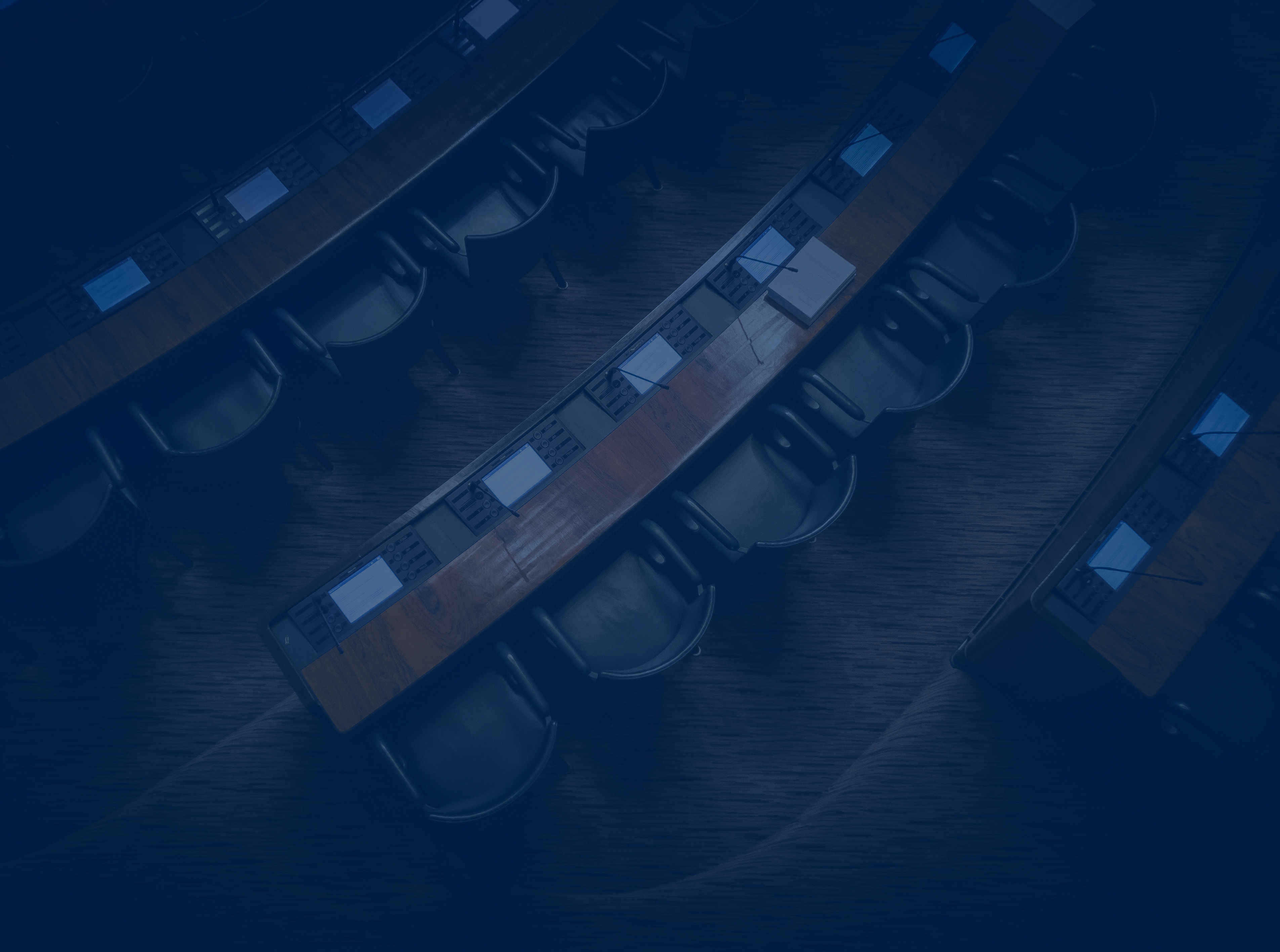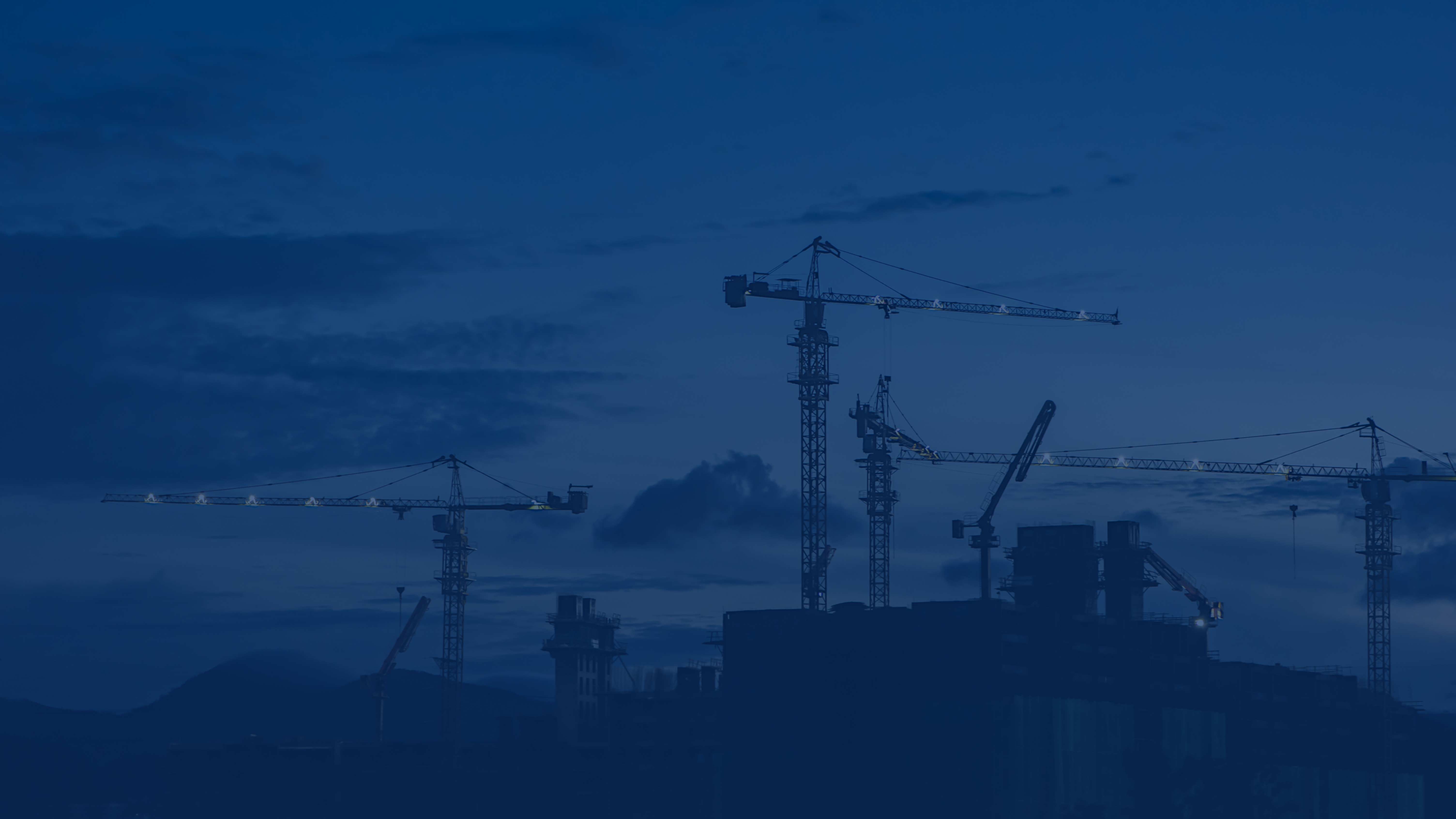Enhancing educational output in the UAE
- We estimate that the cost to modernize existing public schools in the UAE will cost about 61% of the annual federal budget for K-12 education.
- Based on a conservative estimate, approximately 17,000 jobs would be created in the process of modernizing the UAE’s public schooling system.
Quality of education is a broad concept that involves constant development of curricula, processes, and learning environments. While many of the efforts aimed at improving education in the GCC have revolved around enhancing curriculums and teacher training, little has been done to enhance school facilities to handle the changing needs of these economies.
Research in a number of countries has shown that maintaining the quality of school facilities is important to enhancing overall education output as it affects the health of students, absenteeism rates, staff turnover, and student academic performance.
To enhance the overall output of their education systems, countries in the region should focus on modernizing their school facilities. Data released in 2011 by the Knowledge and Human Development Authority in Dubai indicates that a large percentage of public schools in the emirate have insufficient learning facilities. While no similar data exists for other GCC countries, we have reason to believe that this challenge is regional, rather than specific to Dubai in particular or the UAE as a whole.
Source: Knowledge and Human Development Authority 2011 Annual Inspection Report
Aside from denying students the chance to receive quality education, deteriorating facilities in public schools are also contributing to surging private schools fees in the UAE.. This is due to substitution behavior that results in education cost inflation: For example, in Dubai, parents, both Emirati and expatriate, seeking the best educational outcomes for their children are increasingly selecting private schools which are able to increase fees based on performance and inflation ranging from 3-6%. Higher performing schools can also apply for additional increases to carry out infrastructure or facility upgrades.
While the intention of such a policy is to reward performance, the risk is continuing poor facilities in public schools due to the inability of public schools to shift the costs of facilities upgrades and maintenance onto consumers.
Public schools rely on federal and emirate-level budgets faced with multiple spending priorities, while private schools have an economic and profitability incentive to maintain and improve facilities. Facilities improvements in public schools require either a larger budgetary line item for education or an annual extra budgetary allocation devoted specifically to facilities maintenance which goes beyond financing of public schools’ day-to-day operations. This situation has created a situation in which private schools can raise fees since they face little competitive pressure from the UAE’s public schooling system that might temper education inflation. More importantly, such measures have the potential to create a two-track system in which the UAE’s public schools continue to have inferior facilities and lower educational outcomes while the market and regulatory mechanism allows select private schools, which are predominantly attended by expatriate children, to pass on the costs of facilities improvements to parents and ultimately employers.
We estimate that the cost to modernize existing public schools in the UAE will require an investment of $1.35 billion.
This does not factor in ongoing maintenance or expansion to accommodate rising enrollments. To put things in perspective that is about 61% of the annual federal budget for K-12 education, which does not include emirate level line item spending for education since these amounts are not published.
Sources: Knowledge and Human Development Authority 2011 Annual Inspection Report, Gulf News, OECD
Assumptions:
* Assuming an average of 288 Emiratis attending each public school in Dubai
**Assuming each student requires 10 square meters of space, public schools average 344 students, each square meter costs AED 7,500 to develop, and approximately 33 schools need modernization.
These problems demand a strong and sustained partnership of federal and emirate entities in concert with the private sector since employers, through rising wages associated with employee education entitlements, are also affected. Modern public school education facilities are essential to create the schools the UAE needs to compete in the 21st century while ensuring equity and heading off education inflation. Investment in the UAE’s public schools is also a mechanism for job creation.
Source: Abu Dhabi Education Council 2010 Statistical Factbook Emirate of Abu Dhabi
Based on analogous figures from the American Jobs Act for Rebuilding and Modernizing America’s Schools, each $78,000 spent on school modernization leads to a job. An extremely conservative calculation, since wage levels in the construction industry are substantially lower in the UAE, would mean that approximately 17,000 jobs would be created in the process of modernizing the UAE’s public schooling system. Our methodology for deriving these figures are shown below with additional information on the UAE’s public school funding challenge.
Sources: Abu Dhabi Education Council 2010 Statistical Factbook Emirate of Abu Dhabi, Gulf News, OECD
Assumptions:
* Assuming that a high estimate of the number of schools which require refurbishment is similar to the 42% which require facilities improvement in Dubai
** Assuming an average of 354 Emiratis attend each public school in Abu Dhabi, an average 304 Emiratis attend each public school in Al Ain, and an average of 152 Emiratis attend each public school in the Western Region
*** Assuming each student requires 10 square meters of space, public schools average 489 students in Abu Dhabi, 397 students in Al Ain, and 255 students in the Western Region, each square meter costs AED 7,500 to develop, and approximately 54 schools in Abu Dhabi, 55 schools in Al Ain, and 19 schools in the Western Region need modernization
















